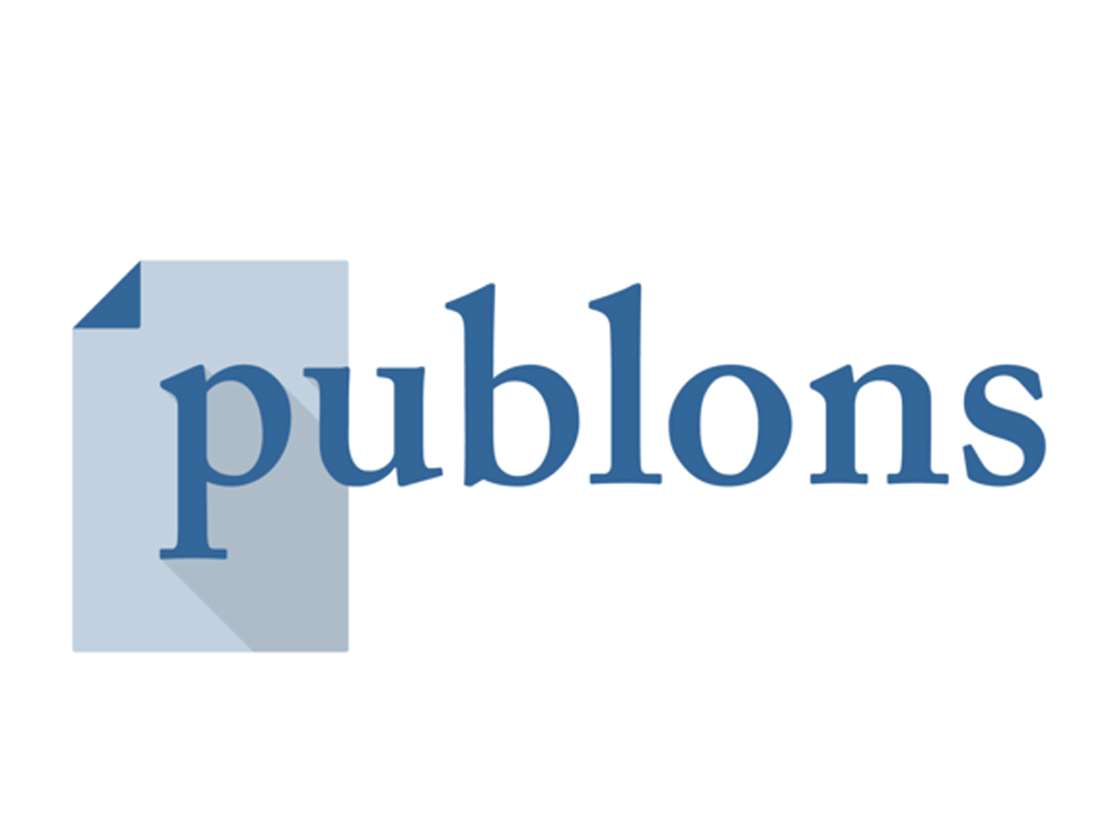Studi Kasus Yayasan X: Analisa Hasil Exit Questionnaire Survey
DOI:
https://doi.org/10.21512/humaniora.v2i1.3060Keywords:
termination, exit interview, questionnaire, satisfaction-dissatisfaction, two-factor theoryAbstract
This case study on the X Foundation aims to provide an overview and analysis of questionnaire results of exit interviews of employees who came out in 2009 and 2010. This case study was conducted on the basis of the importance of seeing the dimensions or factors that exist, particularly with regard to the factors of satisfaction or dissatisfaction in the employee working within the Organization. The study was conducted using quantitative methods with retrieval of primary data on the X Foundation, the descriptive method. Subjects were 63 employees who came out in 2009 and 125 employees that came out in 2010 at differing position, level and status. The results generally showed that there are two factors that should motivate employees to be the opposite that is causing dissatisfaction in the employee, and there are two factors also confirm the reasons why an employee becomes dissatisfied and decided to leave the organization. The suggestions put forward to conduct further research to further deepen the analysis of descriptive statistics, so the depiction becomes more profound; and can provide accurate advice to the organization.
Â
References
Hughes, R. L., Ginnet, R. C. & Curphy, G. J. (2009). Leadership : Enhancing the lessons of Experience. New York: McGraw-Hill
Patton, M. Q. (1990). Qualitative Evaluation and Research Methods. California: SAGE publications, Inc.
Schultz, D. & Schultz, S.A. (2006). Psychology & Work Today. New Jersey: Pearson
SEO for Clients (2006) People-Company. Diunduh dari http://www.seoforclients.com/hr/people-company/ (diakses 25 Februari 2011)
Downloads
Published
How to Cite
Issue
Section
License
Authors who publish with this journal agree to the following terms:
a. Authors retain copyright and grant the journal right of first publication with the work simultaneously licensed under a Creative Commons Attribution License - Share Alike that allows others to share the work with an acknowledgment of the work's authorship and initial publication in this journal.
b. Authors are able to enter into separate, additional contractual arrangements for the non-exclusive distribution of the journal's published version of the work (e.g., post it to an institutional repository or publish it in a book), with an acknowledgment of its initial publication in this journal.
c. Authors are permitted and encouraged to post their work online (e.g., in institutional repositories or on their website) prior to and during the submission process, as it can lead to productive exchanges, as well as earlier and greater citation of published work.
Â
USER RIGHTS
All articles published Open Access will be immediately and permanently free for everyone to read and download. We are continuously working with our author communities to select the best choice of license options, currently being defined for this journal as follows: Creative Commons Attribution-Share Alike (CC BY-SA)







